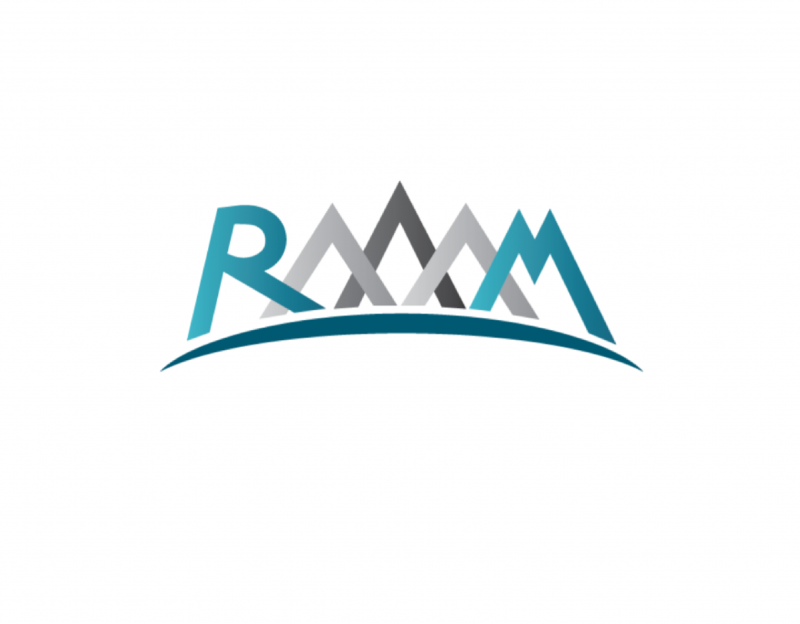Total recall: Dr. Robert Giterman’s memory-on-chip could change the semiconductor market

After years of research, RAAAM is launching the smallest memory-on-chip demonstrated in CMOS tech. CEO Dr. Robert Giterman, Faculty graduate, explains why it is going to conquer the memory-on-chip market.
In early July, startup company RAAAM (in development) won one of the third to places at Venture, Switzerland's leading startup competition. The company is still not officially registered and is currently operating at Bar-Ilan University’s Faculty of Engineering and EPFL University in Switzerland. They passed several rounds in the engineering and industry category, leaving behind more than 300 other startup companies. The company presented a unique technology – a dynamic memory-on-chip using standard CMOS technology – was developed simultaneously over the past decade at both universities, and reached market-readiness only several weeks ago. This win is the first step towards commercialization for the global semiconductor industry in the memory-on-chip market. “Throughout the research process we have been in touch with numerous companies that expressed their interest in the technology, particularly in the past few years, once we had proven that the technology is possible; the more we demonstrated it in advanced processes, the more interest we got,” says Dr. Robert Giterman (31), CEO.
Giterman immigrated to Israel from Latvia in 1990, and grew up in Be’er Sheva. In 2012, while studying in the fast track to an MSc in electrical engineering at Ben Gurion University, he met Prof. Alex Fish and Dr. Adam Teman, who taught an introductory course to VLSI. “That was my first introduction to the field, and my favorite class,” he recalls, “following my decision to join Alex’s lab and work on my master’s thesis there, on dynamic memories-on-chip. The research was still in its infancy and focused on relatively different manufacturing technologies such as 180 nanometer technology.” After graduating in 2014, he transferred to the Faculty of Engineering at Bar Ilan to work with Prof. Fish who had already transferred and established the EnICS lab and continued his research as a PhD student. At the same time, Dr. Teman pursued his post-doctoral studies at EPFL under Prof. Andreas Burg, who participated in the research from day one. “The goal of my thesis, co-supervised by Alex and Adam, was to take memory technology, adapt it to the most advanced industrial manufacturing technologies, improve it and offer new techniques that would make it better than existing memory-on-chip technologies on the market,” says Giterman. His thesis was supported by the President’s Scholarship, Levtzion Scholarship, and the Katz Scholarship for outstanding doctoral students.
The first breakthrough came in 2016, when the research team successfully proved, for the first time ever, the abilities of the technology on 28 nanometer chips. “It was a significant step, and proved that this technology has merit in advanced manufacturing processes, as well as an advantage over existing memories in terms of surface area and power,” explains Giterman. The semiconductor market was undergoing transformation, and advanced manufacturing technologies from 16 nanometers onward began utilizing new and improved FinFET components. Now our research focused on minimizing Giterman and co.’s and adapting and demonstrating it in FinFET components. That took two more years. In 2018, we completed development and sent out the technology for manufacturing on a 16-nanometer chip at TSMC, Taiwan. “We got the chip back a few months ago, and our lab testing showed that the technology was working as expected and presents significant advantages over memory technologies currently on the market,” says Giterman.
So what exactly are the technology’s advantages, and why is the market raging over it? “It’s important to remember that the memory-on-chip element is a significant bottleneck in the chip industry, because requirements from memories are constantly growing, and as a result, 30-80% of the chip surface is used solely for memory,” explains Giterman. “If we could minimize the chip’s surface by using a smaller memory, thereby creating a smaller chip, we could reduce chip manufacturing costs for companies and significantly increase their profits. That’s exactly the advantage that we offer: up to 50% more available surface area than currently available on the market, in addition to lower power consumption and the ability to work in lower voltage. Another advantage is that our technology doesn’t require any special steps to be added to the CMOS manufacturing process. It uses only the original manufacturing technology offered by the companies, without adding any elements to the standard manufacturing process.”
In light of the interest in the technology raised by so many companies in the industry throughout our research period – an interest that only grew as it was demonstrated in more advanced processes – the company decided to put it out and offer it to the global semiconductor industry in the memory-on-chip market. Giterman was elected to lead this joint university venture while also working on his post-doctoral studies at EPFL. The company was named RAAAM (for Robert, Alex, Adam, and Andreas, with the letter M standing for Memory). The name also references the type of memory they manufacture – Random Access Memory (RAM). Winning at Venture was one of the first steps the company took towards commercialization. “We are now at the point where the technology has been proven in 10 different chips and manufacturing technologies, from 180 to 16 nanometers. We registered 8 accepted (via the university’s R&D company, BIRAD), with 3 more pending. We’re in the process of advanced talks with several companies that expressed their interest in the technology, and expect to officially register the company in the upcoming months, complete the development stage and start offering it in the market,” says Giterman. “We are working with potential clients and are always on the lookout for engineers and advanced degree students in the field of circuit design to join our team. Preferably with the first initial M,” he laughs.
Want to read more about RAAAM? Click here: https://www.linkedin.com/company/raaam
For more information Email Dr. Giterman at info@raaam-tech.com
Last Updated Date : 14/09/2020



